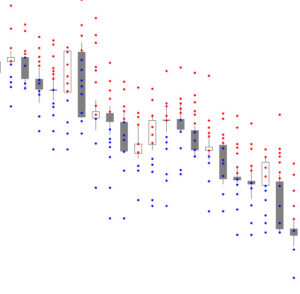 Consistency in trading results requires consistency of process. If you are doing something different every time you trade, it’s hard to evaluate your results. A simple pre-trade checklist can help to shape what you do and to guide you toward that oft-elusive consistency.
Consistency in trading results requires consistency of process. If you are doing something different every time you trade, it’s hard to evaluate your results. A simple pre-trade checklist can help to shape what you do and to guide you toward that oft-elusive consistency.
My checklist is not your checklist. You’ll need to take this idea, and adapt it for yourself. Change, add, or drop some things to make it work for you. Here are a few ideas of what might be on your pre-trade checklist:
- Is the trade allowed under my trading plan? (If you don’t have a trading plan, do my free trading course and get one!)
- Are there any events (e.g., earnings in an individual stock, important economic numbers in a currency, central bank decisions) that I need to be aware of over the anticipated holding period? What if I end up holding the trade longer than expected?
- How does this position fit in with my with existing positions? Any correlated risk I need to be aware of?
- Double check: stop location, profit target location, trade size. If there’s an offset (hedge or pair) check same elements for both sides.
- Any liquidity concerns that could affect execution? (E.g., am I trading outside of regular hours?)
- How do I feel? For a systematic trader, this might be less important, but if there’s any element of discretion in your trading are you stressed, is there some outside stressor, or do you have anything unusual going on in your world right now?
Start there. Simplify those points, and make them speak to you.
Last thought: I do think it’s a good idea to work from a written checklist. This could be on paper, or could be electronic—as simple as looking at an Excel spreadsheet or as complex as building the checklist into your own bespoke trading platform, which would require you to complete the checklist before allowing an execution. (That’s a great idea I just had writing this lol.)
Even pilots who do the same thing day after day work from checklists. Familiarity breeds sloppiness, and sloppiness breeds errors. A checklist is your defense against both.
